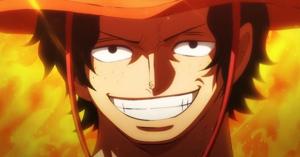
Essay Sample: The supreme art of war is to subdue the enemy without fighting
War has always been a destructive enterprise, costing lives, resources, and peace of mind. Yet, the wisdom of Sun Tzu, the ancient Chinese strategist, reminds us that the supreme art of war is not bloodshed, but the ability to subdue the enemy without fighting. This philosophy is not only applicable to battlefields but also to diplomacy, leadership, and personal conflict management. To subdue without fighting is essentially to win through intelligence, foresight, and moral superiority. It is to break the will of the opponent before swords are drawn. History demonstrates that great leaders understood this art. Chandragupta Maurya, guided by Chanakya, expanded his empire more by alliances and persuasion than by endless wars. Similarly, the Cold War between the United States and the Soviet Union was ultimately won not through direct confrontation but through economic and ideological superiority. At the heart of this philosophy is the idea that conflict resolution must prioritize minimal destruction. A military victory leaves wounds in societies that take decades to heal. A diplomatic or psychological victory, on the other hand, secures stability and respect. Gandhi’s non-violent resistance is an exemplary model—he subdued the mighty British Empire not through battle, but through the force of truth and non-cooperation. On an administrative level, the art of subduing without fighting translates into effective negotiation, conflict management, and preventive diplomacy. Civil servants, for example, are often confronted with disputes—communal, political, or resource-based. Their ability to resolve these through persuasion and fairness rather than coercion ensures long-term peace. Even in personal life, the principle is profound. Arguments can be settled not by aggression but by patience, empathy, and strategic silence. Leaders in organizations succeed not by imposing authority, but by inspiring their teams and addressing conflicts intelligently. However, this principle does not imply weakness. On the contrary, it requires greater strength—intellectual, moral, and strategic. A nation that can deter aggression through strong defense while simultaneously building trust with its neighbors embodies this philosophy. In conclusion, the supreme art of war is indeed to subdue the enemy without fighting. It reflects wisdom over brute force, vision over impulse, and peace over destruction. For an administrator, policymaker, or citizen, this principle holds timeless relevance. Victory is sweetest when it comes without bloodshed, and the strongest warrior is the one who achieves peace through wisdom.